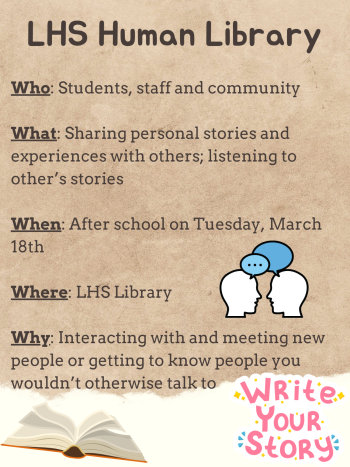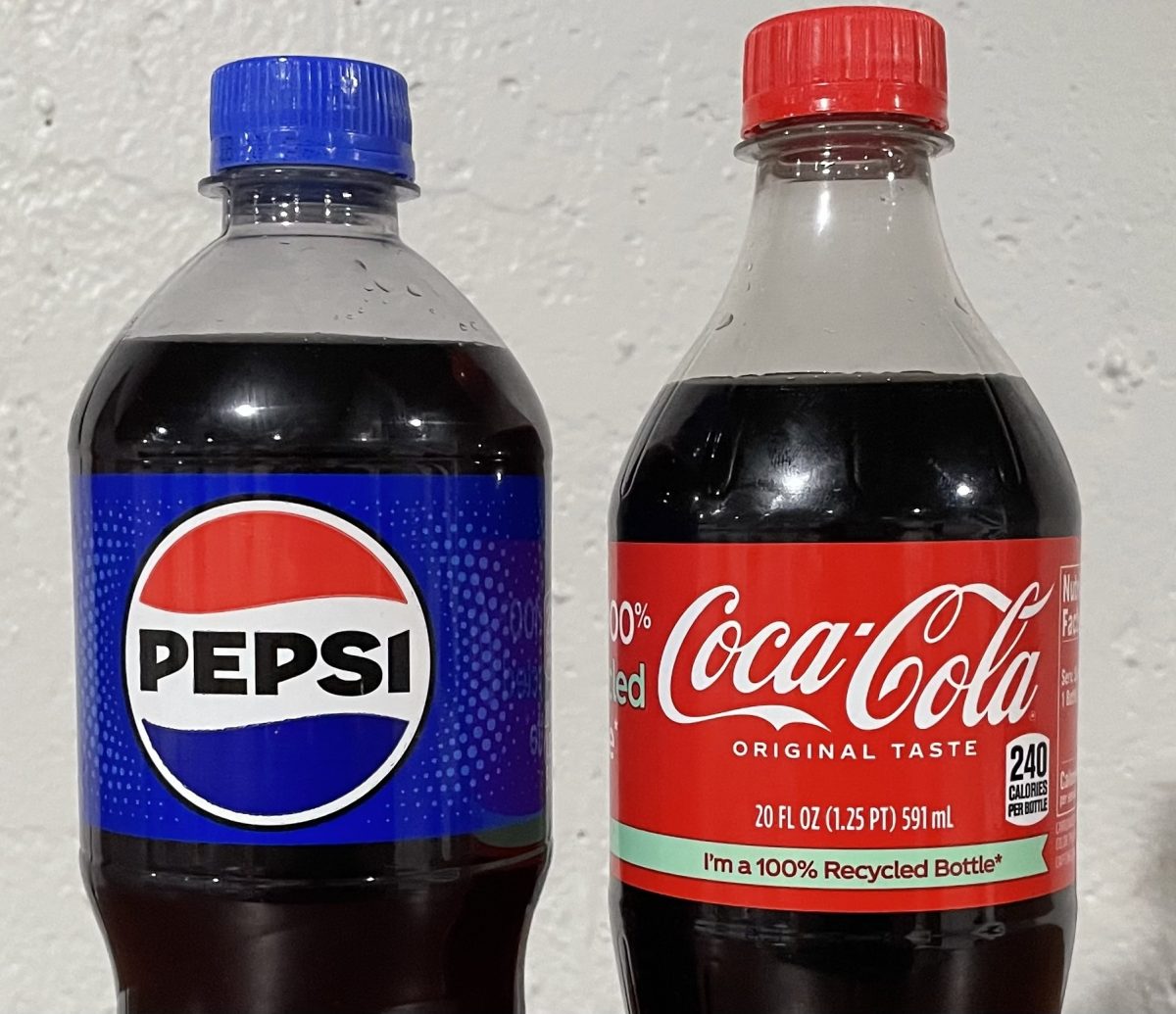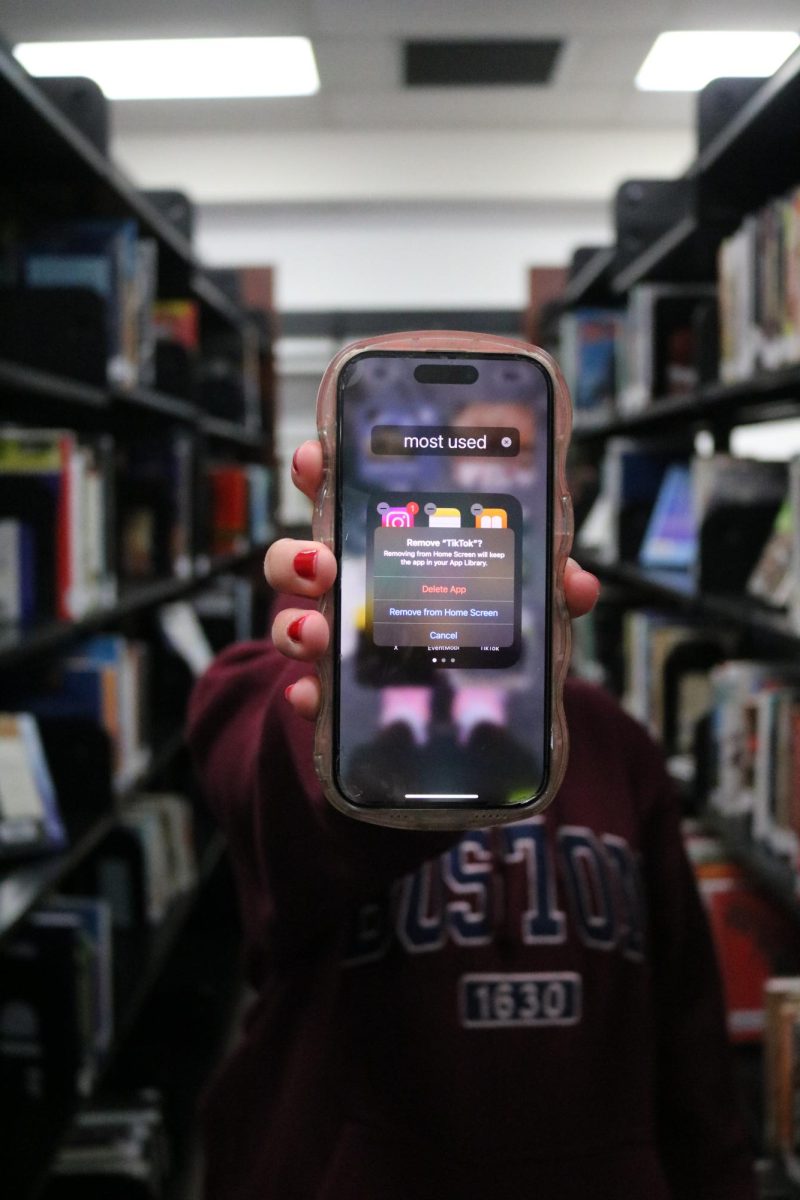Over the past few months, Mrs. Elissa Gong’s 4th period biology class has had the opportunity to test out the developing Foldscopes, origami-based microscopes made entirely out of paper, as part of the beta-test 10K project of PrakashLab at Stanford.
These devices provide the work of a microscope at the price of only $1 each, making them a possible option for students globally, giving them the opportunity to learn and discover pieces of the world around them.
Mrs. Gong explained that she got involved as a result of receiving an email from a colleague of hers.
“There are science teacher organizations and so one colleague here…sent it to a bunch of us in biology,” she explained. “I had to apply and try to get in…they liked what I had to say.”
The intention of the 10K microscope project is to provide an educational tool, while inspiring people to come to conclusions instead of simply learning facts, says the official Foldscopes website, www.foldscope.com.
“The purpose of 10K microscope project is to build an educational resource that kids in coming generations will have not just a tool like Foldscope; but an inspiration from a very broad range of self-assembled people (you all) to cherish the world of microscopy with. We believe this crowd-sourced resource will revolutionize how biology and microscopy is taught to kids around the world. We are trying to go away from ‘facts’ and focus on ‘learning to ask questions,’” stated www.foldscope.com.
The goals of the Foldscopes themselves are to provide kids around the world with a resource in which they can discover the microscopic world and to impact Global Health by developing disease specific instruments that are easy to use regardless of the environment.
Mrs. Gong’s 4th period biology class, her smallest group this year, is being used as a case study for the Foldscopes.
“I said I’d be a beta tester and write curriculum and troubleshoot it and hand them to students to see what do they students say, what do the students struggle with, what do they find,” she explained. “Doctors could use this in remote areas where there’s no electricity and microscopes are expensive. They could diagnose diseases because the power is the same if not better from a traditional microscope…the other concept is that it puts microscopy in the hands of all students.”
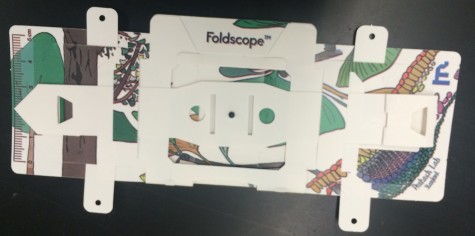
So far, the students have used the Foldscopes on two occasions.
“The first day we put them together and the second we went outside and took mold samples,” stated freshman Morgan Basich.
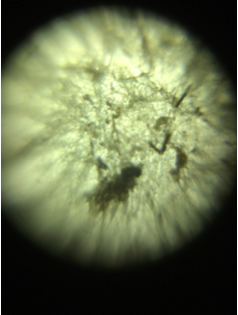
A mold sample as viewed from a Foldscope.
According to Basich, the Foldscopes were “fairly easy to use” once assembled, but were difficult to assemble.
“They are a hassle to put together and almost every piece is vital for putting it together. If they were to be sent out for students to use around the world, I believe some could put it together easily whereas some others might not,” she explained. “My group and I took around 30 minutes to put one together which isn’t bad at all, but another group took around 85 minutes. One other downside to the Foldscope is the sticker slides; you have to be extremely careful when you put your data on it, making sure no fingerprints get on it, putting it on in the right place of the paper slide, etc.”
Freshman Veronica Houle shared a similar opinion.
“My partner and I worked together to assemble ours and we got confused several times. I think with better, easier-to-read instructions, it will be easier to assemble. Using the Foldscopes, however, was easy in some aspects and harder in others. It was simple to view the slides but very hard to put the slides into the ‘arms’ of the Foldscope. Once you got the slide in, it was very clear and fun to look at! I would say that it might be easier than a regular microscope because you don’t have to mess with the objectives or the lens. It’s already focused,” she said.
Freshman Chae Rin Lea stated that at times, a light source was needed to see the specimen.
“We found that putting a flashlight under the Foldscope makes it easier [to see]. Also, using a phone camera above the lens makes it more clear than putting your eye directly on the lens,” she said.
Despite the difficult assembly, the benefits Foldscopes can provide are obvious.
“This would be great for schools that can’t afford a regular microscope! But, it is not easy enough for children to assemble so it could not go in younger classrooms unless the Foldscopes were already assembled,” explained Houle. “Also, microscopes have to be plugged in and if there is no source of electricity then you can’t use them. If you drop a microscope you have to pay upwards of several hundred dollars while if you ruin the Foldscope, then it’s only a few dollars to replace! I think that’s great for schools that are not as privileged as those that can afford a regular microscope.”
To accompany the Foldscopes, there is a separate website in which students can share photos and descriptions of their discoveries: http://microcosmos.foldscope.com.
“So the students can actually, we haven’t done this yet, but they can go online at foldscope.com with Stanford, register their code, so it’s anonymous, cause we don’t want to expose them and their identity. But they can go online and record what they found or things that they [have] seen,” explained Mrs. Gong.
Rin Lea expressed that there could be some accessibility issues for students in more remote places.
“I think it’s a really cool idea to share your findings with people all around the world but I see a potential problem. I worry that people without access to sufficient technology won’t be able to participate,” stated Rin Lea.
As of April 13, 2014, the sign up for the beta-test 10K project had closed. 10K applicants from over 130 countries applied.
According to www.foldscope.com, the funding for Foldscopes is dependent on grants and gifts from individuals. They are a non-profit organization, which could lend to the problems they have faced with distribution.
“They are rolling it out over a year, maybe two. We were supposed to get our scopes in the summer (of 2014), so I was [going to] start with them this fall. But I actually didn’t get them until the end of January. So they’re a little delayed,” Mrs. Gong explained.
Currently they are still behind, says www.foldscope.com: “We tentatively intend to get all the pieces in place to ship microscopes by end of (this) summer; but we can not make any guarantees at this point. We are passionate about bringing microscopy to the masses and are putting a significant effort on this front to make it happen. We need your support as well; so if you can – please think about supporting us.”
Regardless of the time frame, Foldscopes could be a great option for the future of microscopy.
“I think it’s good for kids to have science in their hands…It’s an immediate thing here because again, we have the equipment that we need. So it definitely ties the new patterns in education, but I think it’s more of a human response to close the gap and the haves and the have nots…[if] we can do something to let kids see the microscopic world, then we should,” stated Mrs. Gong.




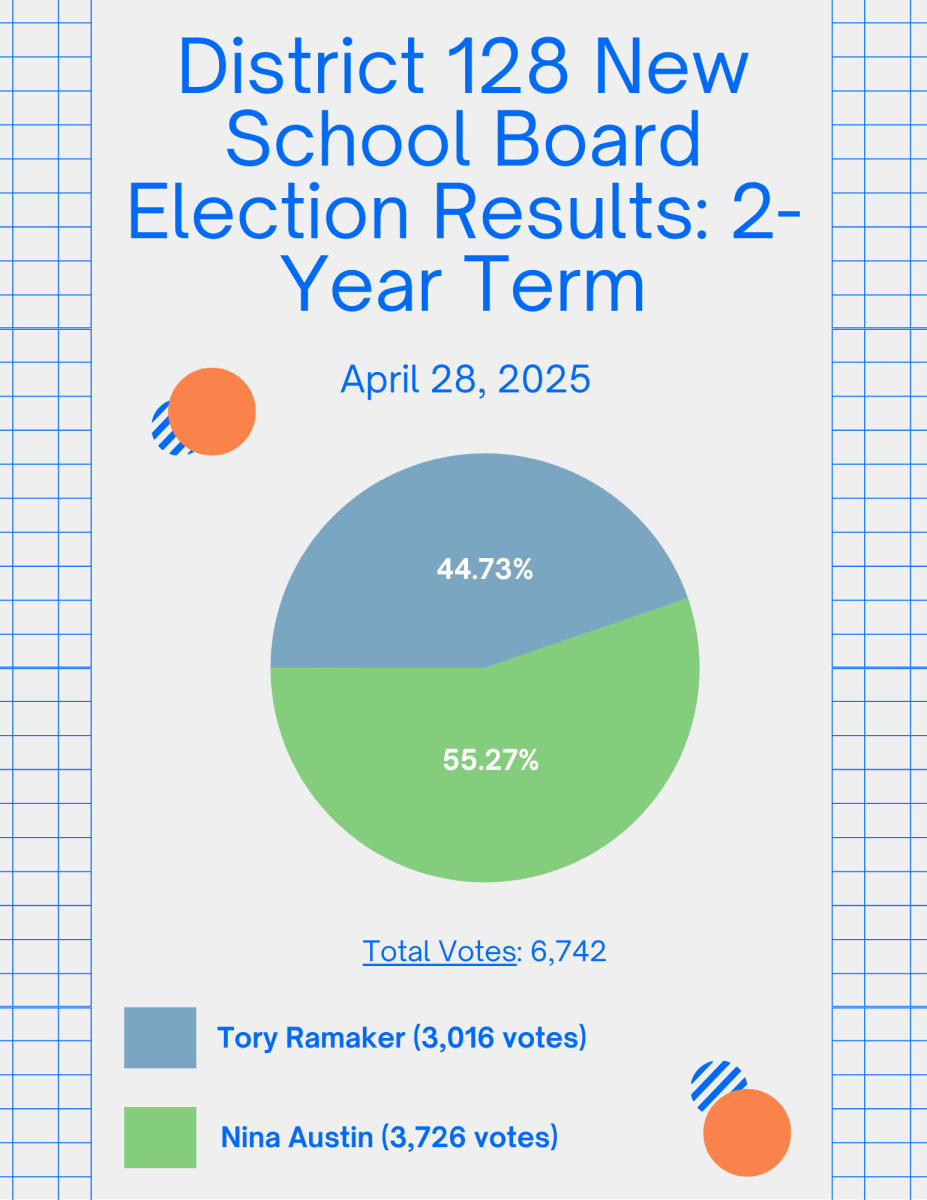
![Mr. Abullh Ali, manager/assistant, helps open Queen Yemeni Coffee in downtown Libertyville at 606 North Milwaukee Ave. With the help of employees such as manager and LHS senior Yousef Taha, they are able to bring the Yemeni and Ethiopian culture to Libertyville by using their Queen spices, cinnamon and cardamom in their drinks such as Adani Chai, which is inspired by Sheda, the Queen of Yemen and Ethiopia. “The history of our coffee [is] a long history and we believe that Yemen and Ethiopia started the coffee and we are bringing something unique to the community,” Mr. Ali said.](https://www.lhsdoi.com/wp-content/uploads/2025/04/Photo-1-1200x800.jpg)
